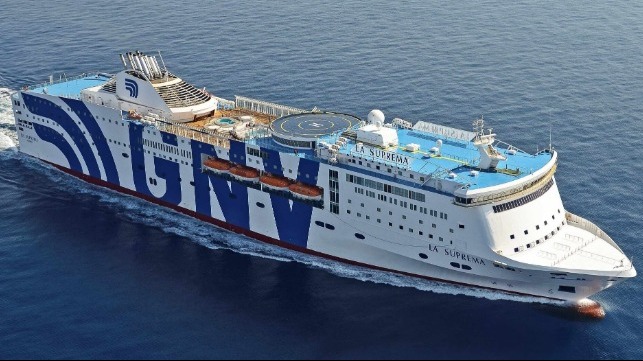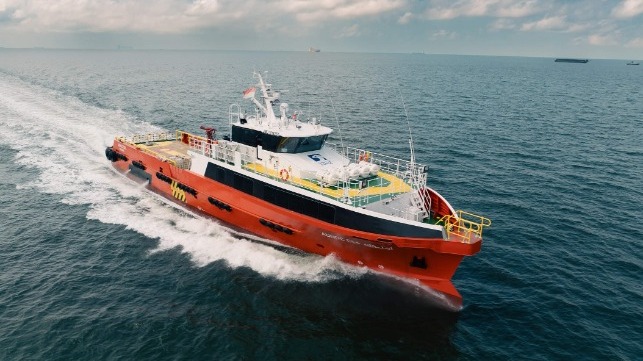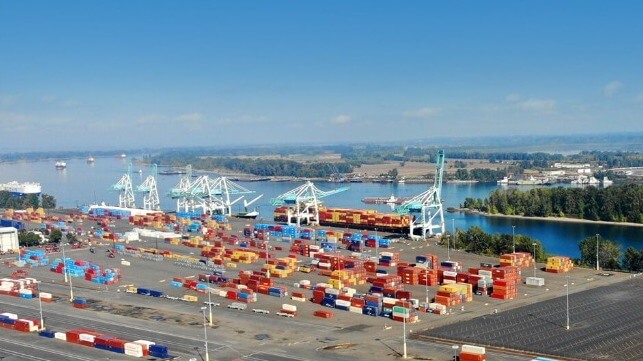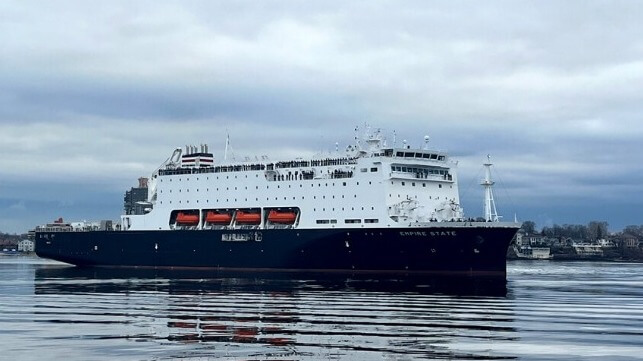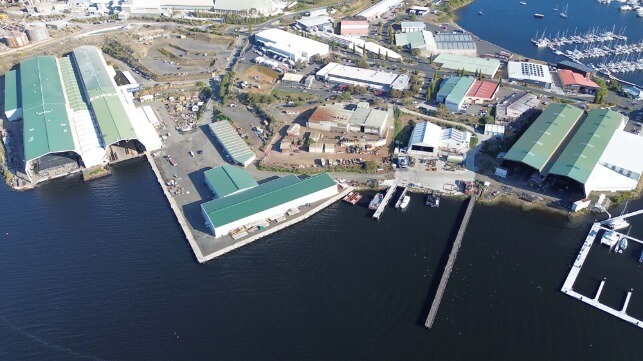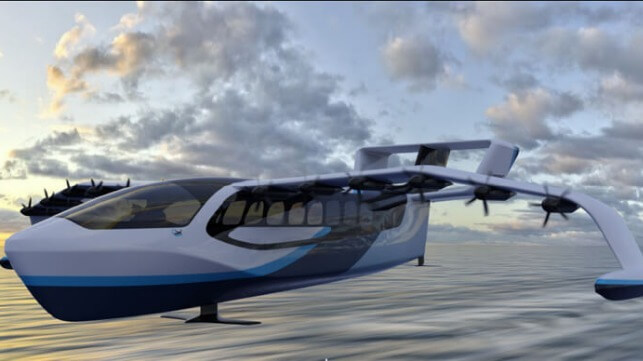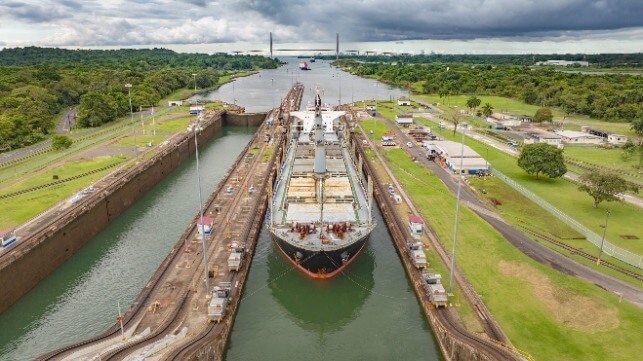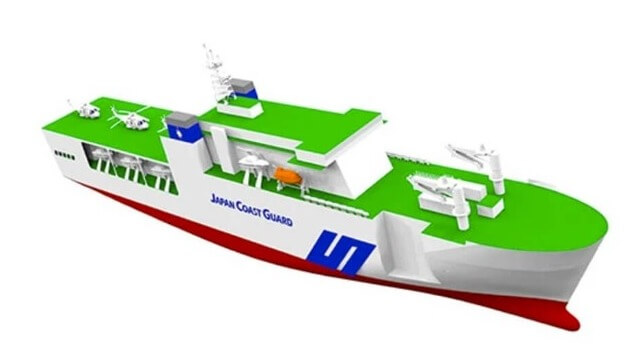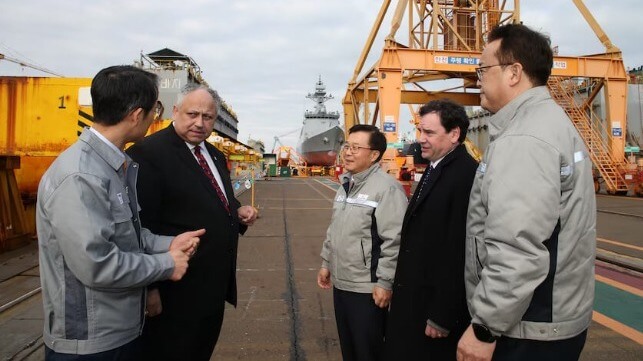Zelim's Swift Man Overboard Recovery System Receives LR Type Approval
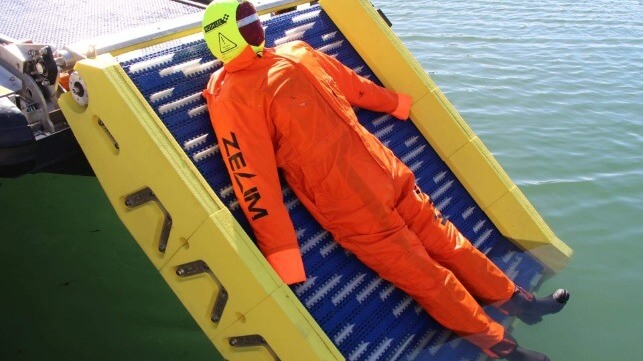
[By: Zelim]
Zelim’s SWIFT man overboard recovery device has received full type approval from classification society Lloyd’s Register, paving the way for the maritime industry’s widespread use of the sea survival safety system.
A Certificate of Type Approval was presented to Zelim following the successful completion of extensive in-water performance tests at Fleetwood Testing Laboratory and Heavy Weather Sea Trials (Sea State 4).
The SWIFT Rapid Man Overboard Recovery system, a rescue conveyor that pulls to safety conscious and unconscious individuals from the sea in less than one minute, was successfully demonstrated in May 2023 at a windfarm offshore Ramsgate, in the Southern Bight of the North Sea.
During the three-day trials, the Zelim SWIFT recovered a test dummy two nautical miles offshore, in high sea states, and more than twenty times faster than it takes to save souls using conventional man overboard equipment.
“Type approval certification assures the global maritime and offshore industries that SWIFT is compliant with SOLAS and can be adopted as a primary means of man overboard recovery for ships and offshore installations,” said Zelim CEO, founder and innovator Sam Mayall.
Developed by operational SAR personnel, SWIFT is treadmill-like conveyor belt system of various sizes hinged to a rescue crafts’ stern or side. Once the rescue vessel nears the casualty, SWIFT is lowered into the water and the conveyor belt activated. Casualties are simply and quickly pulled free of the water upon traction with the conveyor belt system, which is powered by a 240v motor.
“Sea survival is hugely dependent on the time it takes to retrieve individuals from the water, but often high sea states make recovery difficult,” said Mayall. “When rescue vessels approach, many survivors do not have the strength to pull themselves to safety. It is staggering the number of souls lost that could have been saved.”
Industry reports indicate that only 17% to 25% of passengers that fall from cruiseships voyages survive. And of all the 308 man overboard incidents reported to the UK’s Marine Accident Investigation Board (MAIB) between 2015 and 2023, 40% lost their lives.
Zelim COO Stewart Gregory, a former Vice President for Innovation & New Product Development at Survitec, said: “The maritime and offshore industries now have a fully type approved certified system capable of rapidly rescuing people from the sea in all weather conditions. Lives lost to man overboard incidents could be reduced substantially if every rescue boat, crew boat, pilot boat or tender was equipped with SWIFT as a matter of course.”
The products and services herein described in this press release are not endorsed by The Maritime Executive.
